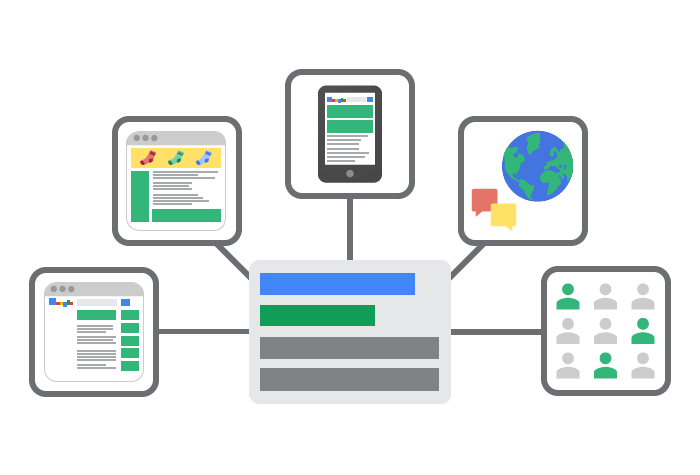A staggering amount of information about consumer preferences and behaviors is produced and collected every day, and this presents unprecedented opportunity for companies to connect with their current and could-be customers. But filtering the valuable insights from the vast array of data is one of the greatest challenges facing modern businesses.
Yet even those who manage to collect the most meaningful data aren’t in the clear. You also need to be able to synthesize, analyze and communicate your data in a way that generates actionable information for a collection of internal teams who rely on accurate information about target consumers.
Download Be a Big Data Marketing Hero to learn the basics of big data analytics and find out how the right consumer data can improve your social marketing strategy — and make you a hero in your field.
Marketing teams who overcome the obstacles of big data are connecting with their customers in meaningful ways and motivating them to take desired action. Here’s a three-step process for finding and applying difference-making insights about your most profitable consumer segments.
Step 1: Figure out what you need to know
Every successful project begins with a well-defined problem or question that represents an obstacle to business success. Ask yourself what’s stopping you from succeeding now. What do you need to know about your customers or your company to improve your business? By staying focused on the problem or the information gap that’s holding you back, you can focus your data collection and analysis processes and generate the most relevant data to help you overcome your most pressing challenges.
Step 2: Acknowledge bias
People tend to use data to confirm their own hypotheses. When faced with huge volumes of information, it may be difficult to filter data in an objective way. That’s why it’s important to take precautions and minimize the impact of your own bias to influence research outcomes.
In a study conducted by Princeton University, researchers tracked the natural tendencies of bias and how it is present in people. They found that individuals are aware of the bias in others, but not themselves. To avoid getting caught up in biased thinking that may compromise the validity of your data, document your assumptions about the business issue, watch for patterns and themes and remain alert for unexpected findings.
Step 3: Roll up your sleeves
If you’ve done your work in the first two steps, then you’ve accurately targeted reliable information to meet your business needs and have only data that relates to your business objective. That means it’s time to go through the data and convert it into actionable information you can use to improve business. Here’s where many businesses hit a wall.
Synthesizing data and analyzing it may be one of the toughest aspects of communicating in the modern world. Consumer information comes in so many different forms — audio, text, numbers and photos, to name the most common few. Businesses that have a system in place to consolidate the various types of information that’s coming into various departments throughout the organization can gain a critical lead in the uber-competitive field of modern business.
But even those who can’t afford sophisticated storage and analysis software can still gain sizable competitive advantages simply by digging into relevant datasets, extracting the findings that stand out and sharing them throughout the organization. Use existing staff if that’s what you’ve got, and ask them to spend a few hours each day looking a bit closer at the consumer data generated by your sales team and shipping staff — as well as information provided by your accounting folks. Overlay all that with comments you pull from your social media accounts or hear from your customer service team.
The point is to start developing an integrated picture of how your social marketing programs are performing in terms of enterprise-wide goals and consumer needs and preferences, and then use that information to refine your messaging, promotional processes and other strategic initiatives to resonate with consumers and boost business.
Putting Data to Work for Better Social Marketing




